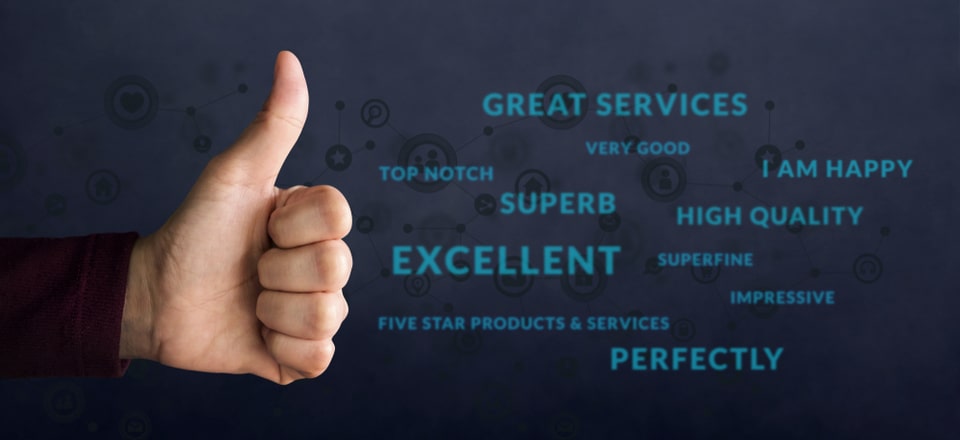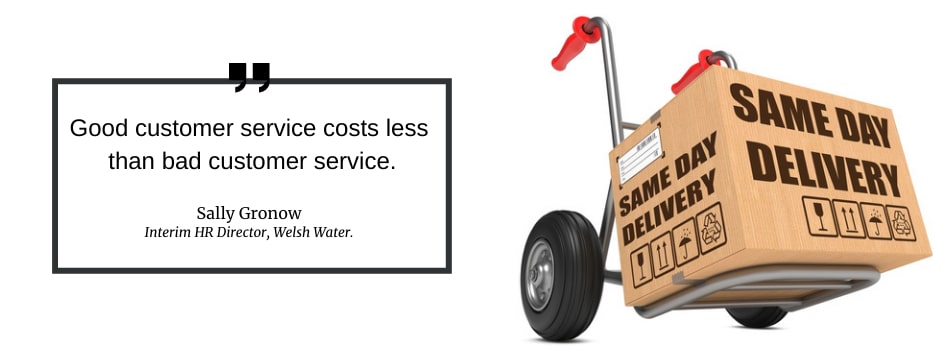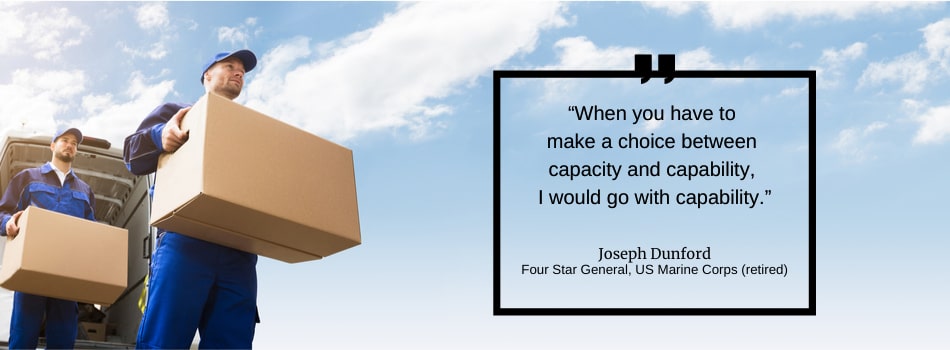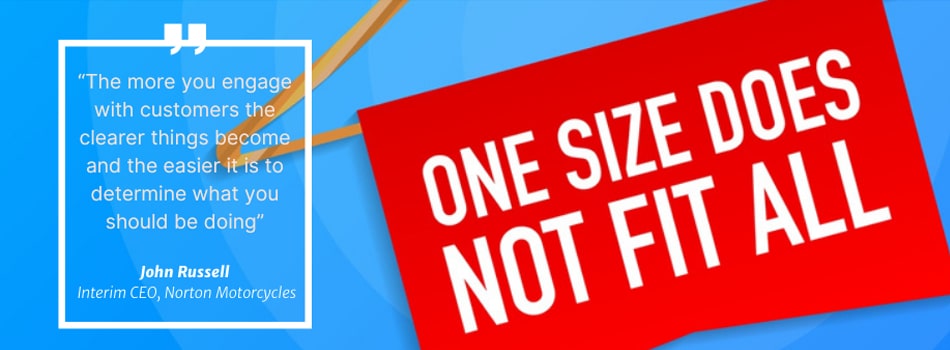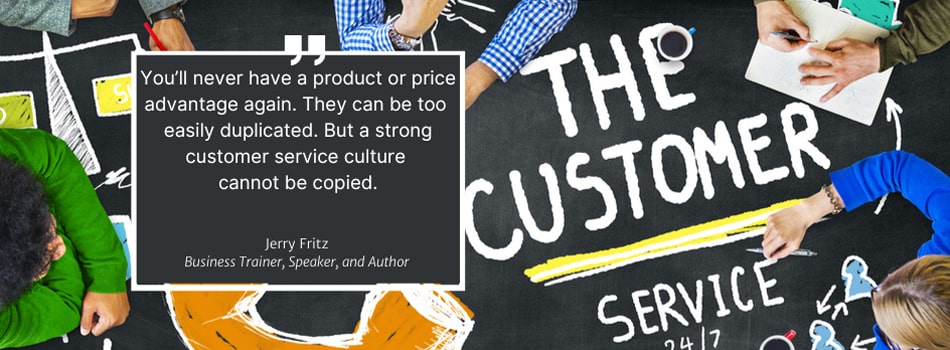
In this article we will look at the topic of customer service: getting it right in your business, understanding the implications for your distribution network, and how you can extract more value—and get more cost—out of your business.
Do you have challenges in your business around customer service? What should the service be? Are you over-servicing, under-servicing?
Three Critical Customer Service Steps
When it comes to customer service, there are three things you need to think about:
1) Genuinely understand what your customers want. Most businesses fall into the trap of thinking they know what that is, rather than actually knowing.
2) Map out a well-defined customer service offer. Without that, customers have nothing to hold you accountable to and you’ve no way to design your service around your customers.
3) Optimise your distribution network to deliver on your customer service offer.
Those three things must be in place to genuinely satisfy what a customer wants with the optimal amount of resources.
Let’s look at each of these three steps in turn.
Understanding What Customers Value
Most businesses fall into the habit of thinking they know what customers want. We need to try to penetrate that. So, for example, if a sales rep asks them, customers will say, “I want a good level of service, I want a competitive price, and I want a strong relationship with the business.”
This is pretty useless information, to be honest.
You’ve really got to penetrate what the customer values. To do that we use a technique called conjoint analysis. What conjoint analysis does is give a forced value to what customers genuinely expect, because that allows you to prioritise what resources you apply to servicing those customers.
Matt Stedman, a senior Logistics Bureau staff member who has spent years working with the various aspects of customer service and the cost to the business, gives the following example of conjoint analysis:.
“A customer may say, ‘Hey, we want great levels of service.’ But what they are really saying is, “what we want is great reliability—we want consistency’.”
We have found that customers value reliability and good relationships with management and sales staff over price and speed of service.
Think about the different suppliers you deal with in your business or even your personal life. Do you go to suppliers where you’re treated well, the relationship is good, and the service is reliable? I certainly do.
If you don’t have a clear view of what customers genuinely value, you’re going to misallocate your own internal resources. You could be under-servicing or over-servicing what your customers value—and value is what customers pay for.
How to Design your Customer Service Offer
Generally speaking, a customer service offer has two core elements:
- Customers will order by a time
- You will deliver by a time or a day
It goes deeper than that because you can’t have ‘one-size-fits-all’ for all customers. Generally speaking, you don’t want that. You want to design your customer service offer around what market segments actually want.
How do we go about designing our customer service offer?
There are four key components:
- What do customers value?
- What do competitors do?
- What are you capable of delivering?
- What can you afford to deliver?
Without a customer service offer:
1) Your customers don’t have a clear way of understanding how to use your business, and
2) You don’t have a clear set of objectives to hold yourself accountable to.
So, it’s almost as if you are on a journey without a destination. Customers must clearly understand how to use your business and you must know what you are expected to do.
A Lengthy Process
We shouldn’t underestimate the value of having a very clear service offer that’s understood externally and internally.
But, be warned, designing a CSO is a bit of a journey. It starts with understanding what your customers value. With that understanding, it should become fairly straightforward, although it depends on how complicated your business is. If there are multiple segments and multiple customer values, it might be more complex.
But if we don’t have a clear service offer, it’s kind of like being on a bus not knowing where we are going. Ultimately, we can have unhappy customers and we’re probably going to blow our costs.
The Implications for your Distribution Network
With proper alignment, you could pull millions of dollars out of a distribution network. In fact, we managed to extract $3.5 million out of the distribution network of one of our clients—and we improved their customer service delivery.
In designing a customer service offer, it is best to have sets and subsets of alternative service offers and then to test each one to understand the costs and the resources needed to go into a network that will deliver that level of service.
You might know that a same-day, four-hour service offer costs, say, $20 million whereas a next-day service offer is half that cost.
Avoid the Traps
One of the traps that people fall into is that sometimes the network grows up, historically, through acquisition, range extension, or something like that. It’s not always appreciated, actually, that it is your customer service offer that drives the shape of your distribution network.
The thing about CSO and the implications for network design is that it’s not, and never should be, a one-size-fits-all formula. There will be parts of your customer base that may genuinely need same-day service.
Different Strokes for Different Folks
It is important that you look at the customer service offer carefully, but not from a customer’s perspective alone. You have different types of customers in different industries, and with different service requirements.
Everyone has customers who are quite happy to wait a week for a product, but there are other segments where delivery might be required the day after ordering—or even on the same day.
But the same applies to the products. So, some products are needed quite urgently whereas others for example, can be a replenishment-style product.
Where people tend to get it wrong, is by designing the network to deliver this highest level to all customers and for all products, which becomes extremely costly. Many businesses go broke doing it.
In a Nutshell
To recap: You need to understand what your customers want and what they value. You need to carefully design your customer service offer and have it well-communicated both externally and internally. Then you need to use that CSO to design or redesign your distribution network so you can offer the appropriate level of customer service at the lowest possible price.
A Wealth of Information awaits you on our YouTube Channel
This article is based on four separate interviews posted on the Supply Chain Secrets YouTube channel with the Logistics Bureau’s customer service specialist, Matt Stedman.
We post a new video every week, covering one or other of the many intricate cogs that make up supply chain and logistics. Why not pay us a visit there and subscribe today?
Editor’s Note: This post was originally published on January 12, 2021, under the title “How to Deliver Great Customer Service at the Lowest Cost” on Logistics Bureau’s website.
